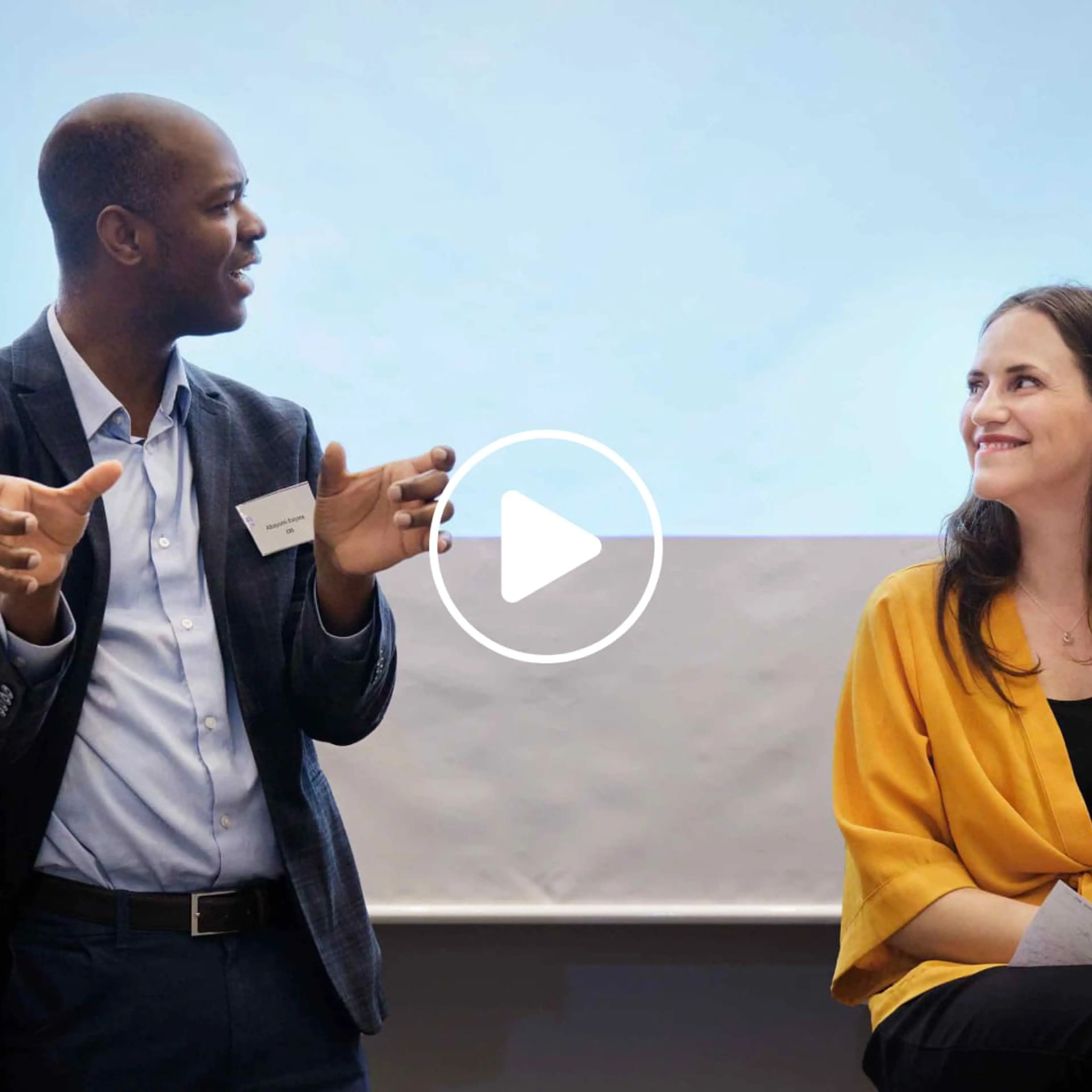With the spectacular recent advances in Artificial Intelligence (AI), hopes and promises abound in organisations. This raises the question of how leaders can work more consciously with the mechanisms behind promises and hopes. We can learn a lot from looking at AI-projects if we want to understand how promises function in an organisational context.
Many promises are made at a time when AI is expected to solve problems that businesses have been struggling with for decades. The hope is that AI can help address the climate crisis, the recruitment crisis, and other global challenges on a large scale. Simultaneously, there are hopes that new intelligent technologies can enhance organisational efficiency and the quality of products and services. According to consulting firm McKinsey, up to 60-70% of all work tasks can be automated with the help of AI and other digital technologies.
Here, hope becomes the expectation of fulfilment attached to promises. With numerous and accelerating promises, it is not surprising if some cannot be fulfilled or are only met in a modified form, with changed or reduced ambitions.
This resonates with what Gartner – another influential consultancy firm – describes with their so-called hype cycle, a model that illustrates the standard progression that new technologies undergo: At the tail end of the first innovation stage, expectations rise to sky-high levels and reach a peak of inflated expectations. Then comes disappointment when it turns out that these expectations cannot be met. This is the 'trough of disillusionment' in Gartner's terminology. After that, there is a slight rise, where actual technological progress is observed, and finally, a realistic level is reached where the technologies prove useful in practice.
Gartner's reports have repeatedly mapped promising technologies onto this model, which often provides an excellent overview of how a particular technology has experienced hype at one point, only to reach a more realistic level and transition into everyday use. It goes without saying that generative AI is currently at its peak of inflated expectations, according to Gartner.
However, these macro analyses do not provide insights into how leaders handle the relationship between ambitious promises and their altered, delayed, scaled-down, or even unfulfilled delivery on a day-to-day basis. But managing promises is an important leadership task, so let's delve into how leaders do that in their daily practice. We've studied this in Danish organisations experimenting with AI.
AI is characterised by being a multifaceted entity, encompassing both spectacular generative AI like ChatGPT or DALL-E, which can generate text and images in seconds, and more subtle machine learning that aids in pattern recognition in vast amounts of data. The latter is also involved in complex decision-making, and in all cases, the data situation, coding, and use of output are rarely straightforward.
Since AI is an umbrella term for many different technological solutions to various problems in different organisations, it is not an easy management task to determine how AI can be employed to solve tasks and problems in an organisation in a manner specific to the organisation's mission and sufficiently adapted to its operational mode. There is a flood of ideas, and promises are continuously made when it comes to securing funds for development. Given the hype cycle, it is unsurprising that many of these promises cannot be fulfilled.
So what happens when project managers are held accountable by sponsors? When results need to be delivered? When lessons learned are to be shared?




